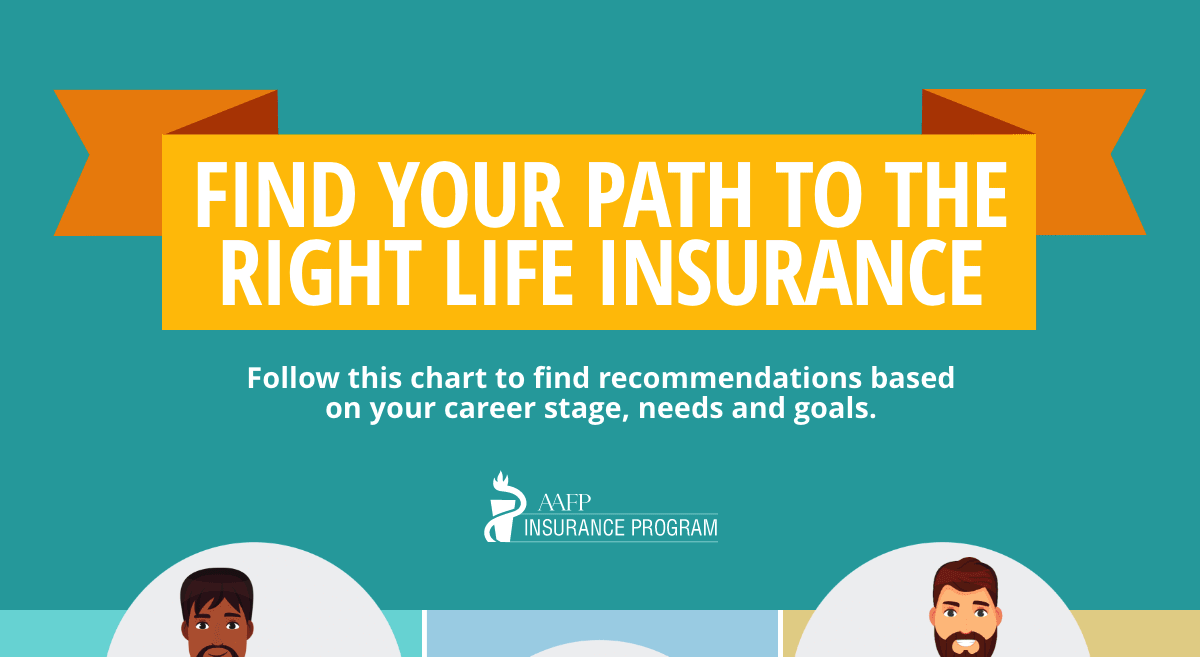To avoid financial struggles after retirement, here are some tips to help you plan for a comfortable retirement.
Start Saving A.S.A.P.
Don’t be fooled by those who suggest it’s O.K. to wait to save for retirement. It’s possible that you may have other financial matters to take care of like college loans and credit card debt, but the best time to start saving for retirement is in your 20s. Even if it’s just a little each month, every bit of money you can set aside helps in the long run. What if it’s too late? There are retirement strategies that exist for late starters, but it all circles back to saving.
Don’t Retire Too Soon
While there is no required age for physicians to retire, retiring too early could be risky. Most Americans are content with retiring at the age of 62, but with people living 10-20 years past that age, that leaves more years of living off your retirement. According to AARP, claiming Social Security as soon as you’re eligible could mean that “your benefits will be 25% less than if you waited until your full retirement age” and could also be up to 80% less than if you waited until age 70. Simply put, the longer you wait to retire, the more you will be able to collect.
Analyze Your Spending
How much do you plan on spending during your retirement? You may not have the answer just yet, but one thing you should consider is your current spending habits before you can predict future spending. Look at expenses such as food, rent or mortgage, and travel. Start by keeping a daily record of what you spend and hold on to those receipts. Some people don’t realize how much they actually spend until they look at their monthly bank statement. Another thing to consider is that these expenses will fluctuate over time. For example, you could be finished paying off your mortgage or have fewer travel expenses since you will no longer need to commute to work. If you have other concerns about maintaining a certain standard of living post-retirement, consult with a financial advisor.
Find a Plan That Works for You
Patients come in all shapes and sizes, as do retirement plans. According to Physician’s Money Digest, “every physician should try to maximize contributions to their retirement account.” That being said, physicians who utilize any number of retirement plans can see valuable tax deductions – deductions based on saving, not spending. Financial security for your retirement can be obtained from one of the most popular retirement plans: an employer-sponsored 401(k). It’s a popular choice (where applicable) because deductions are on a pre-tax basis meaning that your payroll contributions go directly into your retirement plan before taxes. Other plans that family physicians can consider include: Roth IRA, 403(b) plan, SIMPLE 401(k) plan or a Simplified Employee Pension (SEP) plan.
While retirement may sound like a scary word, what’s more frightening is lacking the financial stability to enjoy those years after your practice.




